Description
Brand
Bruker (AVANCE™III HD 600M)
Introduction
In nuclear magnetic resonance, there are many nuclear spin interactions, each of which may contain rich structural and dynamic information, plus the ability to quantitatively analyze, no damage to the sample, and specific atoms (nuclear), making nuclear magnetic resonance an ideal and powerful analysis method. Among these nuclear magnetic resonance interactions, some are isotropic interactions, and others are anisotropic interactions.
The difference between them is that the former has no effect on the frequency of the NMR signal and the spatial orientation of the molecules, while the latter is related, so the latter may cause the broadening of the spectral lines due to the different spatial orientation of the measured molecules, resulting in resolution and sensitivity reduction.
In liquids, due to the rapid tumbling motion of molecules, various anisotropic nuclear magnetic resonance interactions that may broaden the spectrum are eliminated. Therefore, the resonance signal in the liquid nuclear magnetic resonance spectrum is very sharp and has high resolution, which is one of the reasons why liquid nuclear magnetic resonance has become the most powerful method for determining the structure of compounds in solution. However, in solids, the lack of molecular motion causes the NMR signal to be broadened by anisotropic interactions, with low resolution and sensitivity.
If you want to get information similar to that given by liquid nuclear magnetic resonance, it must be achieved through high-resolution solid-state nuclear magnetic resonance technology.
Test items:
Solid nuclear magnetic hydrogen spectrum, carbon spectrum, aluminium spectrum, phosphorus spectrum, fluorine spectrum, silicon spectrum.
Services
- Proton resonance frequency: 400MHz.
- Main magnetic field: 14.09 Tesla (superconducting).
- Magnetic field drift <6.0 Hz/hour.
- Frequency resolution <0.005 Hz.
- Ultra-super-shielded superconducting magnet: magnetic field strength 14.09 Tesla, room temperature cavity diameter 54mm, magnetic field stability (1H) <9 Hz/hr.
- TCI three resonance trans-ultra-low temperature probe: sensitivity: 1H ≥ 7000:1 (0.1% EB), Sucrose sensitivity ≥ 1050:1, 13C ≥ 1100:1 (ASTM); maximum Z-gradient field intensity: 50 G/cm; Experimental temperature range: -20℃~80℃.
- High resolution BBO forward observation broadband probe: sensitivity: 1H ≥ 500:1 (0.1% EB), 13C ≥ 350:1 (ASTM), 15N ≥ 50:1 (90% formamide), 31P ≥ 180:1 ( TPP); Maximum Z-gradient field intensity: 50 G/cm;
Requirement on Sample
The solid nuclear magnetic sample requires (the powder state) 0.3g content as high as possible, otherwise the test time will be longer. The sample must be non-magnetic, otherwise you will be liable for the damage caused by the sample!
FAQ
Why should the sample be powder
– The sample needs to rotate at a high speed in the magnet. If it is a bulk sample, it is difficult to achieve a uniform state.
Why can’t it contain magnetic elements?
– If the sample is tested in a magnetic field, it will destroy the machine. The sample (including the reaction raw materials) should not contain ferromagnetic materials (such as iron, cobalt, nickel, etc., including graphene materials); the sample itself should be free of static electricity; the sample should not contain conductive materials (such as carbon fiber, metal wire, metal powder, etc.) The properties of the sample in a strong magnetic field should remain absolutely stable (no volume expansion or explosion occurs when rotating at high speed or receiving strong electromagnetic radiation). For example: nitrogen-containing compounds, we must consider whether they will explode. Azos and azides may explode under radio frequency radiation.
How to open data
– This experiment only provides raw data. You can use Mnova software to open the data. How to analyze data – This experiment only provides raw data and cannot provide data analysis services. You can analyze it yourself based on the literature.
Why is it inconsistent with the literature
– The solid-state NMR signal-to-noise is relatively poor, it is impossible to get the 100% similar results, and some differences of ppm are all within the allowable range.
Why is the resolution so bad
– The test requires powder, try to achieve balance under high-speed rotation, please try to make the powder mesh smaller.

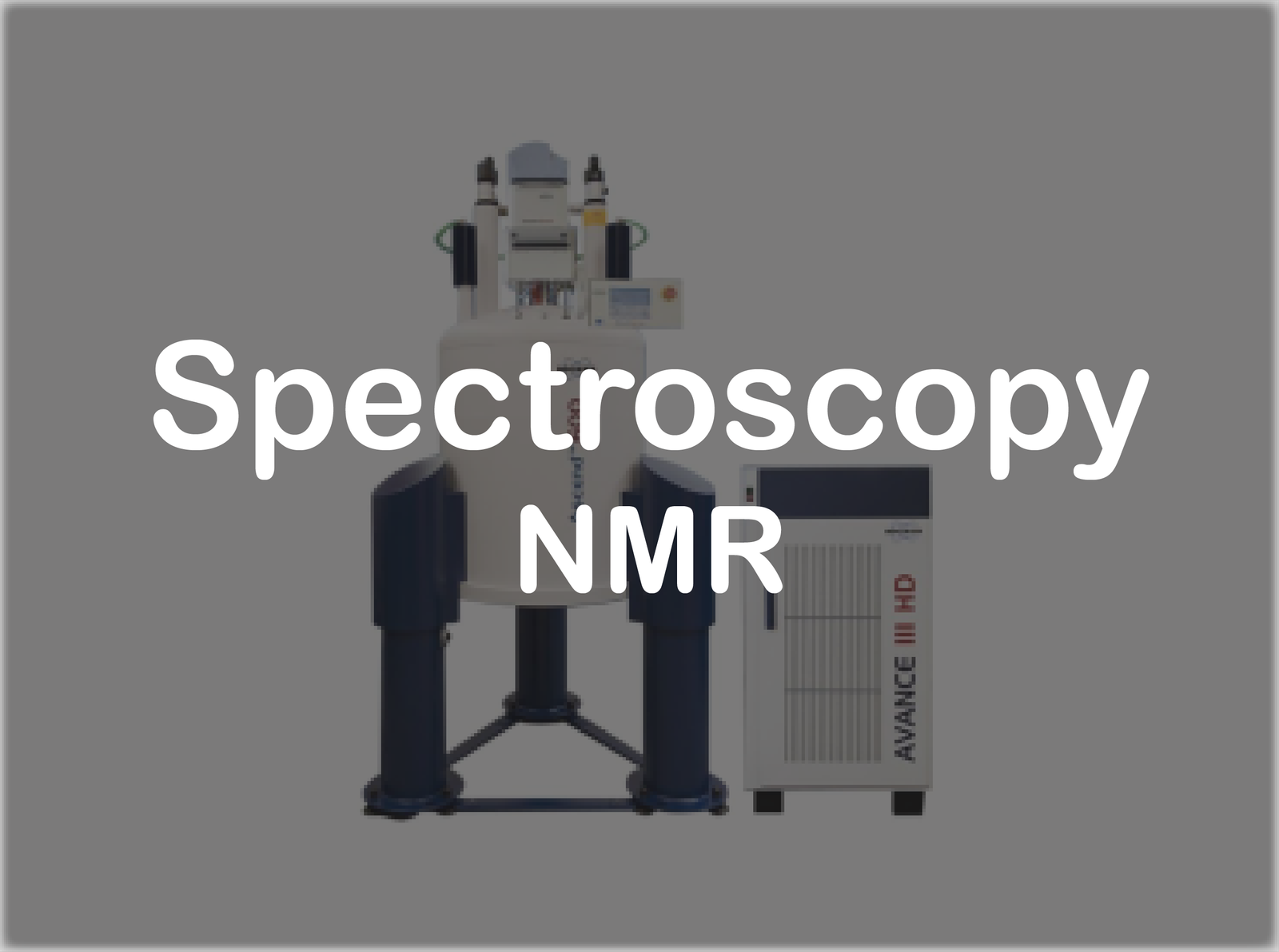
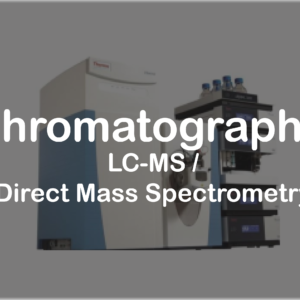
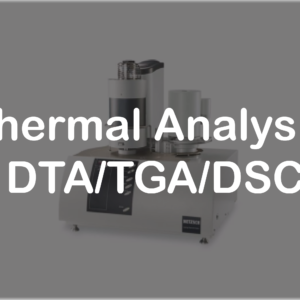
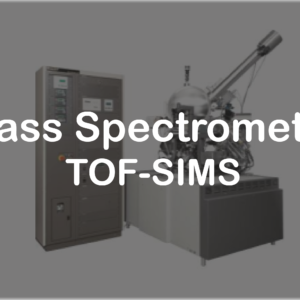
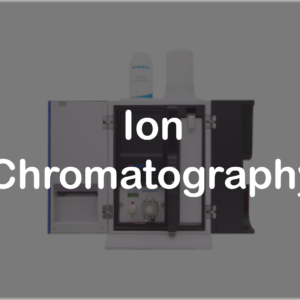
Reviews
There are no reviews yet.